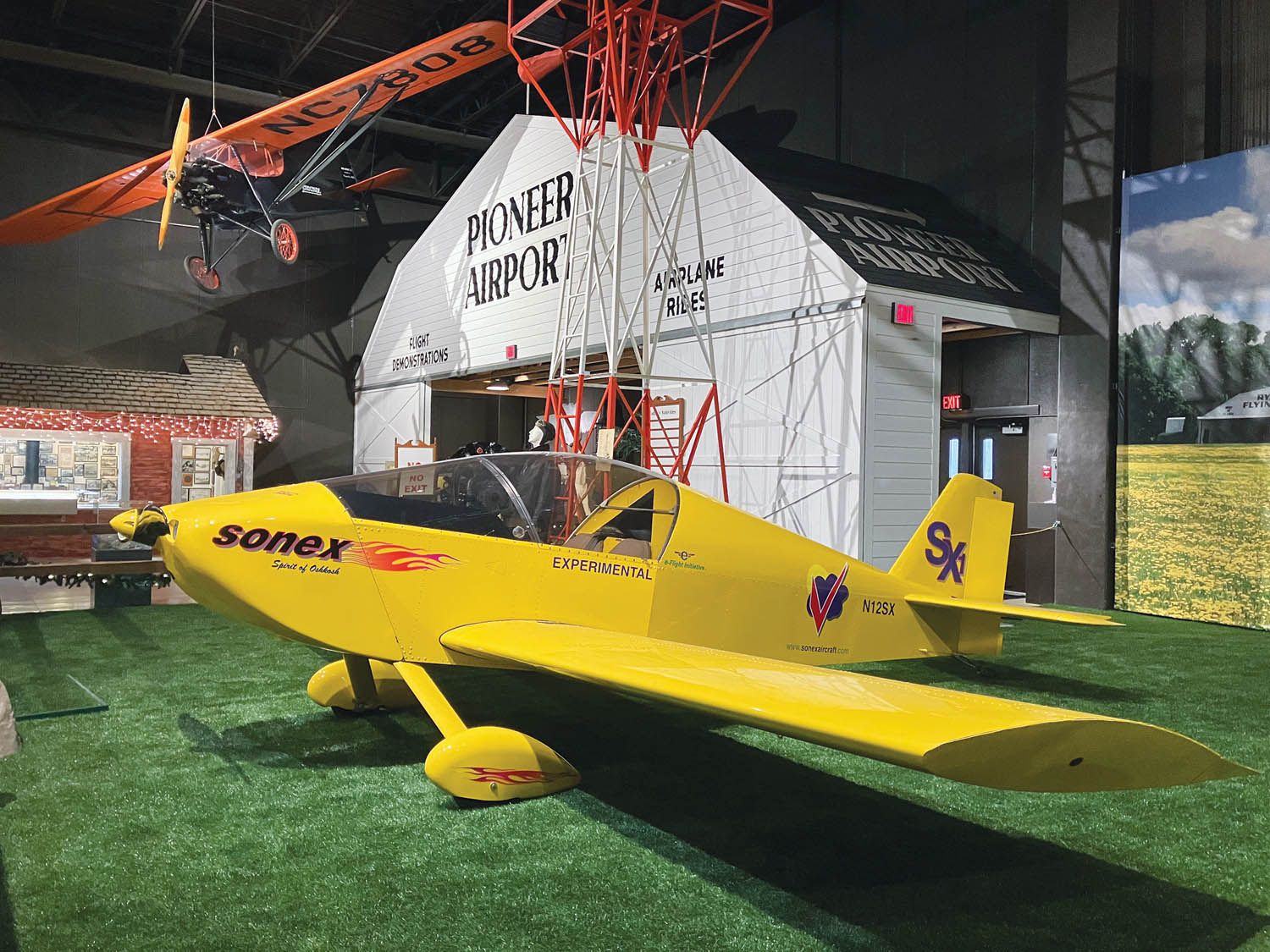
For better or worse, kit manufacturers are under no FAA oversight. There are no independent engineering reviews. No mandatory wing loading or landing-gear drop tests. No fuel system evaluations. No minimum documentation standards. Nothing. The FAA may evaluate a kit for compliance with the so-called 51% rule “as a public courtesy and to assist prospective builders in their kit research” (per the FAA website), but a major-portion (51%) compliance inspection, performed by the FAA’s National Kit Evaluation Team (NKET), is not mandatory.
The lack of FAA oversight means every kit manufacturer is also on their own to decide what they communicate to their builders and how they communicate it. You’ll be relieved to know kit manufacturers, by and large, are good corporate citizens and communicate safety-critical alerts to their customers. Although the issuance of any safety notification by a kit manufacturer is voluntary, an informal standard for doing so has emerged: the service bulletin.
Safety by Any Name
Of greatest concern to every builder and owner is the safety of the design they’ve chosen. I reviewed the websites of many kit manufacturers to get a feel for how each communicates safety issues. I was (mostly) pleased with what I found. Sonex, where I’m employed, publishes all service bulletins online. Most other companies had service bulletins on their websites, too, though one has them locked behind a password-protected login. Van’s Aircraft has a service bulletin category as well as two other categories called Safety Directives and Alerts and Notifications and Letters. RANS Aircraft uses the term Airworthiness Directive and has two additional categories called Operational Alerts and Assembly Alerts. I like that division of categories; it makes for easy parsing.
Up-and-coming kit companies who have only recently begun shipping kits understandably had no online service bulletins. Yet. I was disappointed that two engine-conversion companies, each with decades of history, have no mention of service bulletins or documentation updates on their websites. (Perhaps that information is available only to a select group.) I’ve been around long enough to know that no family of products can go that long without something common to the operational fleet needing to be scrutinized.
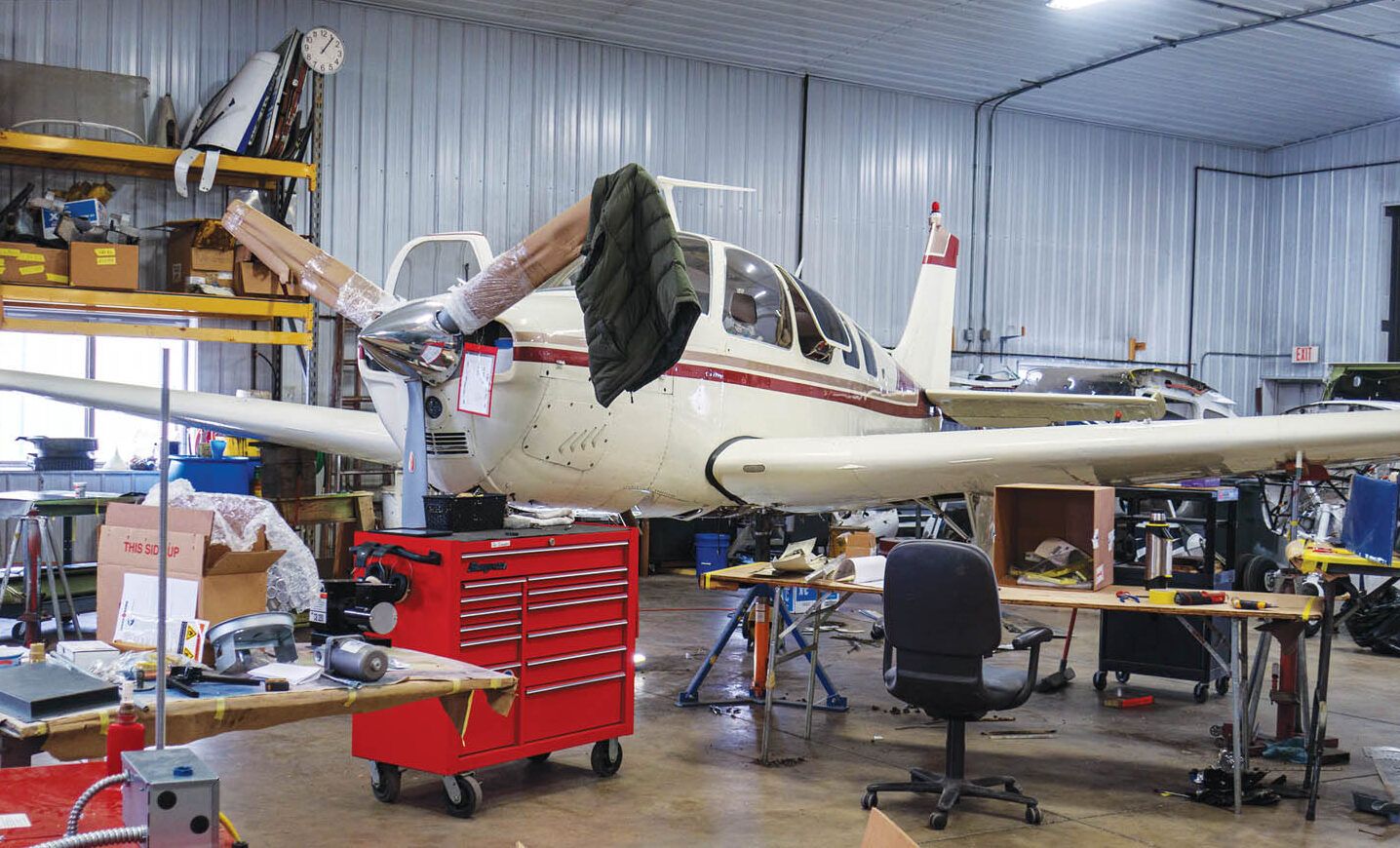
Type-certificated aircraft (which do not include E/A-B aircraft) are also subject to service bulletins issued by the manufacturer, but even those designated “mandatory” are not enforceable. Airworthiness directives issued by the FAA, not the aircraft manufacturers, are “legally enforceable regulations…to correct an unsafe condition in a product,” according to the FAA. Like service bulletins for certified aircraft, E/A-B safety directives carry no regulatory weight. Unlike type-certified aircraft, there is no E/A-B equivalent to the AD. Just as the FAA exercises no oversight of kit aircraft manufacturers, it has no authority to issue or enforce E/A-B safety directives. Further, an AD issued for a certified engine or part does not need to be complied with if it is bolted on an E/A-B. It should go without saying, however, that it is in each owner’s best interest to comply. Setting aside the safety of the pilot, passengers and fleshy ground-dwellers, not complying with a service bulletin may get you in a bind with your insurance company, reduce the value of your aircraft and impact your heirs.
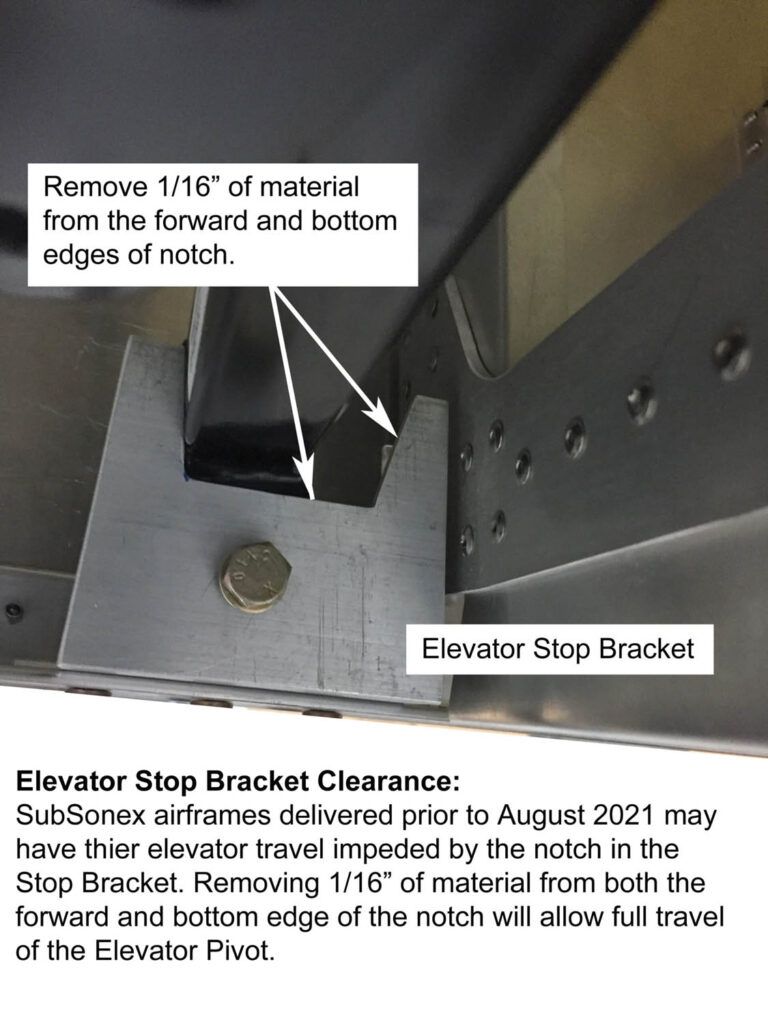
No kit company issues a service bulletin lightly. They can ding a company’s reputation and almost always cost the company money to design, manufacture and deliver replacement parts. Some provide parts for free for a limited time to encourage owners to comply. Some charge for the replacement parts, adding builder expense to inconvenience. Still, a company with a history of issuing service bulletins for their products is a sign a company has your safety and their longevity in mind. The existence of safety bulletins for your favored design should be viewed as a positive.
Product Updates and Revisions
Of less concern than safety issues is a kit manufacturer’s need to correct errors and communicate changes to parts, procedures and documentation. These changes can be anticipated early in the life cycle of new products (mature products see far fewer changes) and they come about for a variety of reasons. Documentation mistakes are discovered. Builder numbers multiply, bringing confusing instructions or drawings to light. Maybe an improved widget is found, providing an opportunity to simplify an assembly or lighten an airframe. These types of changes seldom impact builders whose project has moved beyond the affected part or procedure. For instance, not a single Sonex drawing revision issued since 2003 (and there have been many) had any impact on my Sonex, which was completed in 2003. These changes and revisions are never safety related.
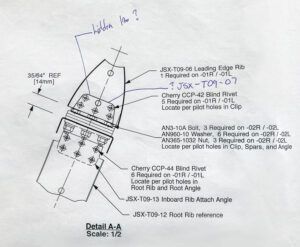
As with the issuance of a service bulletin, issuing a part or documentation revision can cause public relations issues for a kit company. When an improved part or technique is found, it doesn’t mean the old one was defective, but try convincing a customer whose kit shipped a month before an improvement was introduced. Many improvements are incremental and are implemented immediately. Others are sweeping, implemented with a press release and a price increase.
E/A-B Safety Is No Secret
A reaction I sometimes receive when responding to a customer’s query about a service bulletin or an identified safety-related issue with their specific aircraft is—silence. It happens enough that I’ve named it The Prolonged Silence Theory. TPST is the belief that remaining silent after being given an answer you don’t want will cause that answer to be rescinded and replaced with an answer you do want. To date this is only a theory, not a principle, as it has yet to be proven to work. The Prolonged Silence Theory and the Reworded Question Technique are often used together, but the outcome is the same and my answer remains unchanged. The reason is simple: It’s not my job in builder support to tell a customer what they want to hear. My priority is to keep them safe, keep them building or flying or (try to) keep them grounded until their issue is properly sorted.
Another common comment I get is a variation of “I know you need to be careful what you say. If you don’t want to respond by email you can call.” It usually comes when someone wants the “real” story behind a drawing change, a part change or the issuance of a service bulletin. Often they are searching for permission to not implement a service bulletin or for a simple way to correct a major error they made or discovered on their secondhand aircraft. My response is always a variation of “we have no secrets.” I hope—and believe—the other kit manufacturers don’t, either. None of us is selling smartphone cases or guitar straps handmade from sustainably harvested, organically grown heirloom hemp. We’re dabbling in lives. If we give honest answers, answers that will help keep a builder safe, the FAA, NTSB or an attorney will never be needed. I will put my advice in writing every time. Implementing the advice? Well, that’s up to them. No one is watching.











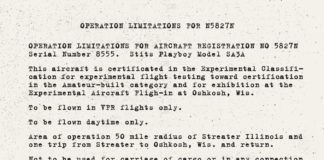
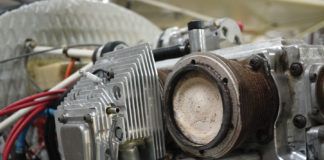

Another good article, Kerry. People need to be realistic about the responsibility that comes with the freedom of E/A-B aviation, and realize they’re the gatekeepers for safety.
Lots of things that are legal aren’t prudent. Thanks for re-emphasizing that.
Freedom comes with responsibility. That is what America is supposed to be about.
No FAA oversight. Yes. That’s what I like about experimental aviation.
Me too. Gov intervention = $$$$
Thank you for reading and commenting, Ronald. There remains a surprising number of people who get involved with E/A-B aircraft that don’t understand how little oversight there is for the category. Self-policing is critical to the future of homebuilding. Just because no one’s watching doesn’t mean we’re not seen.
Service Bulletins or not, when something bad happens the word gets out. The more pro-active and helpful a company is in staying ahead of any issues, the less blowback they’ll experience. If a company earns a reputation for addressing concerns, people will learn to trust them. Companies in general these days (any industry) too often focus on pure profit, when building a reputation can be far more important, especially for smaller companies.
Ken, are you attempting to start a groundswell in an attempt to insure the demise of the E/A-B world? Is this what freedom is about – making sure the FAA has more oversight?
I belonged to an EAA chapter that met in John Monett’s little Elgin, Illinois kitplane factory back in the 80’s. I guarantee that he and Paul Poberezny would back then have agreed on one thing – personal freedom is paramount. But safety was always just as important to these men and the rest of us.
I ask that people consider the possible consequences of a headline that reads “no one is watching.” Because all builders have the responsibility to watch. But with a “no one is watching,” attitude, the FAA, with one swell foop can take it all away. To wit the FAA’s recent (and yet to be corrected) LODA mess. If we want more of that, then please bring on more of this vein of article.
Mike,
You open your comment addressing “Ken.” Maybe you meant Kerry? If so, I’m not advocating more government oversight by any stretch. What I’m advocating is each manufacturer, builder and pilot do what’s right to keep our hobby safe and keep unnecessary oversight in the E/A-B category at bay. If manufacturers, builder and pilots don’t do it on their own it will be impressed upon us. We in the U.S. are very lucky to not have the oversight I see builders around the world endure. If you think I’m advocating for more government oversight, you’ve misread my message.
Kerry, my comment was addressed to you, so I apologies for the typo. If we ever meet, I give you permission to refer to me one time as Markus instead of Mike, or any name of your choosing.
I have the utmost respect for your intentions and your position at Sonex – great airplanes and great company. However, what you wrote has implications beyond what was intended. I entirely agree that it is incumbent upon E/A-B designers, manufacturers, builders and owners to keep a close on eye their projects from airworthiness and safety standpoints. However, the statement “no one is watching” implies that someone should be watching. Although the intent of your article is well intended, If you don’t think the LODA authors have legalistic counterparts in the E/A-B section, you’d probably be wrong. Driving your point home in your last sentence insures that no one can miss the message, regardless of how it was intended. – – Mike